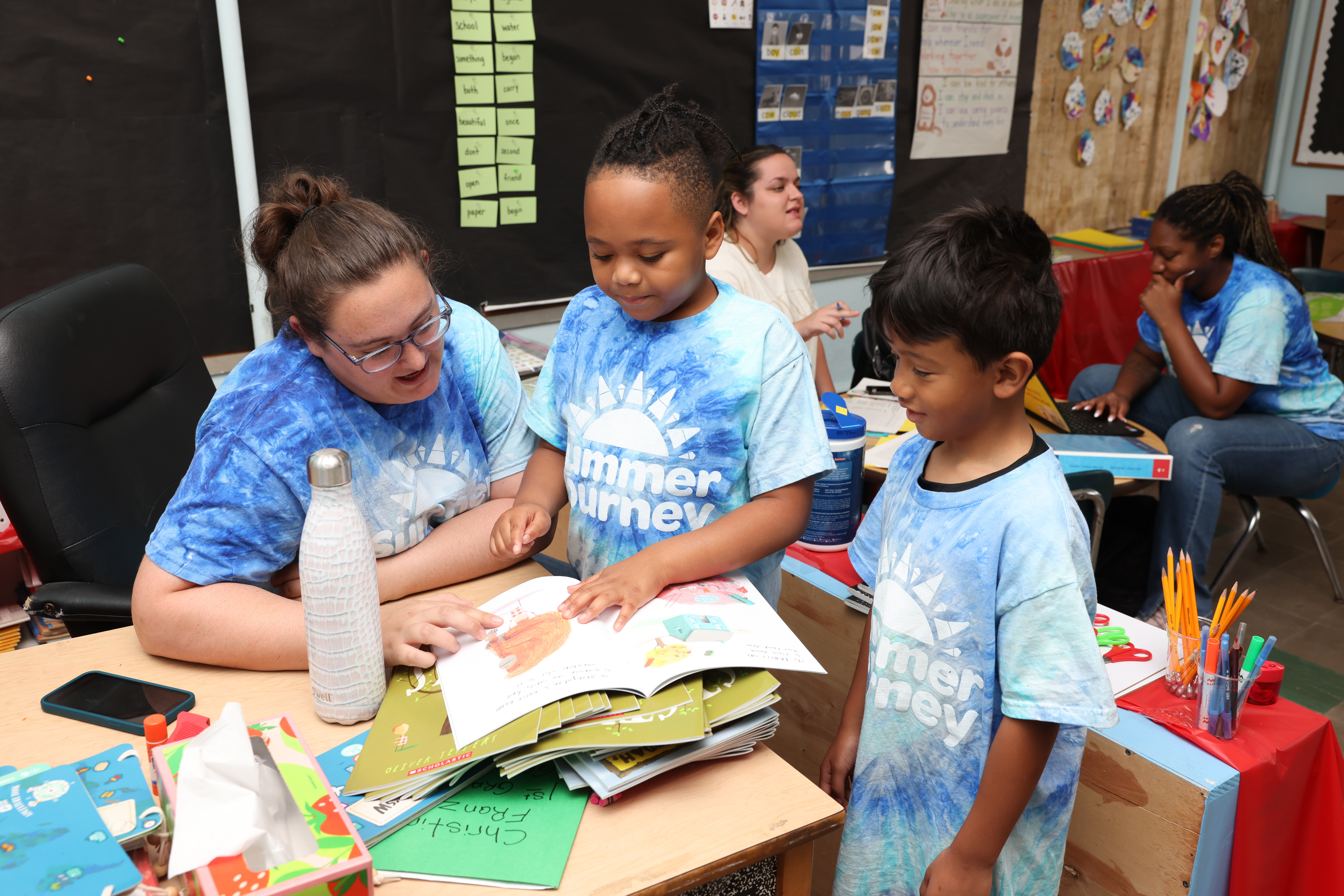5 Steps to Design a High-Impact Summer Learning Program Even When Budgets Are Tight

With budgets tightening and federal funds expiring, many districts are asking the same question: Can we afford to run summer school next year?
It’s a fair concern — and one shared by school leaders nationwide. Research consistently shows that students often lose ground in reading and math over the summer if they don’t have access to structured learning opportunities. Yet, meaningful summer programs don’t always require big budgets.
The districts that see the best results tend to start planning early, focus on a few clear goals, and design flexible programs that make the most of the resources they already have.
Here are five steps that can help your team plan effectively — even when funding is uncertain.
1. Start Planning Early Even If Funding Isn’t Finalized
When budgets are unclear, time becomes your most powerful tool. Districts that begin planning in the fall have space to adjust once allocations are confirmed, seek smaller grants, or scale programs to match available resources.
Start by sketching two quick versions of your program:
- Plan A: A full model with academic and enrichment components.
- Plan B: A streamlined version focused on students with the greatest needs.
Early planning also helps secure staff before other summer commitments fill calendars.
Quick tip: Schedule a short cross-department planning meeting before winter break to align on goals, target grades, and possible funding sources.
2. Focus on a Few Clear Goals
When resources are tight, focus is everything. Choose one or two measurable goals aligned to your district’s priorities.
Examples:
- Strengthen literacy for rising 3rd graders.
- Improve math fluency among middle school students.
- Increase student confidence and motivation heading into the new year.
Setting a small number of clear, measurable objectives helps staff stay aligned and makes it easier to show results that can support future funding.
3. Build the Right Team, Early
Staffing is one of the biggest challenges in summer programming, and early recruitment pays off. Start by identifying teachers or instructional aides who are already funded through Title I or professional-learning stipends.
Creative approaches can stretch your team’s capacity:
- Instructional coaches leading small-group or one-on-one tutoring.
- Paraprofessionals facilitating classroom routines or enrichment blocks.
- Community partners providing free or low-cost activities.
Research from the National Summer Learning Association highlights that consistency and staffing stability are key predictors of program success.
4. Keep Learning Engaging (and Manageable)
Summer learning should look and feel different from the regular school year. Programs that include hands-on, engaging experiences help maintain attendance and enthusiasm .
Blend academics with activities that build confidence and curiosity:
- Low-cost STEM challenges using household materials.
- Reflection journals or student goal-setting activities.
- Project or theme-based learning that connects to real-world topics.
Even small changes — like offering student choice — can increase motivation and make programs feel special rather than remedial.
Remember: Students don’t need perfection; they need opportunity.
5. Measure What Matters
Tracking a few simple data points can show growth and protect future funding. Consider:
- Pre/post assessments for key skills.
- Attendance and participation rates.
- Quick teacher and student feedback surveys.
You don’t need a complex evaluation system, just consistent information that tells your program’s story. Evidence of impact helps sustain funding and inform smarter decisions next year.
The Bottom Line
Budgets may be tight, but impact doesn’t have to be. With early planning, clear goals, and creative use of existing resources, districts can still deliver meaningful summer learning experiences that make a real difference for students and families.
Start small. Plan smart. Focus where it counts.
Explore more summer planning insights and success stories at catapultlearning.com/summer-journey.


